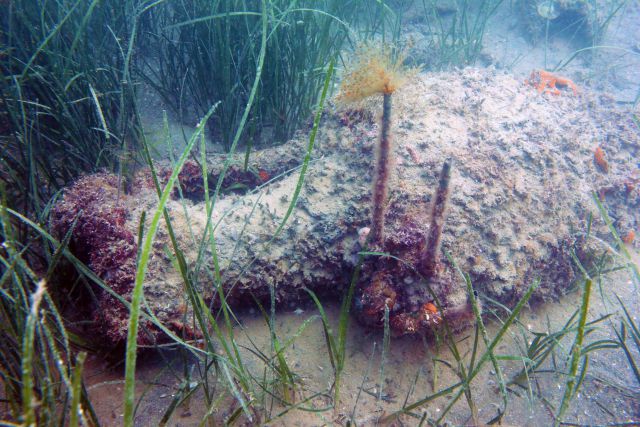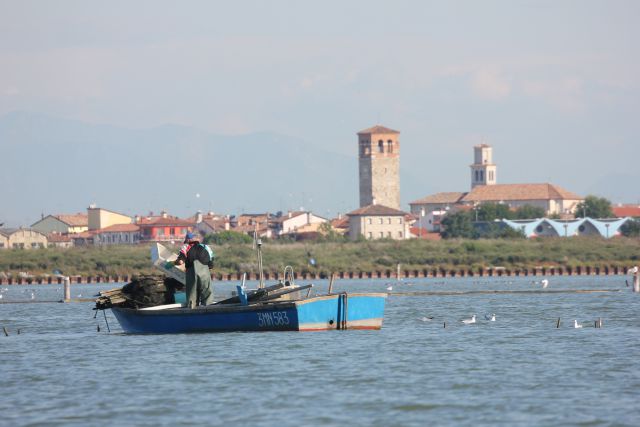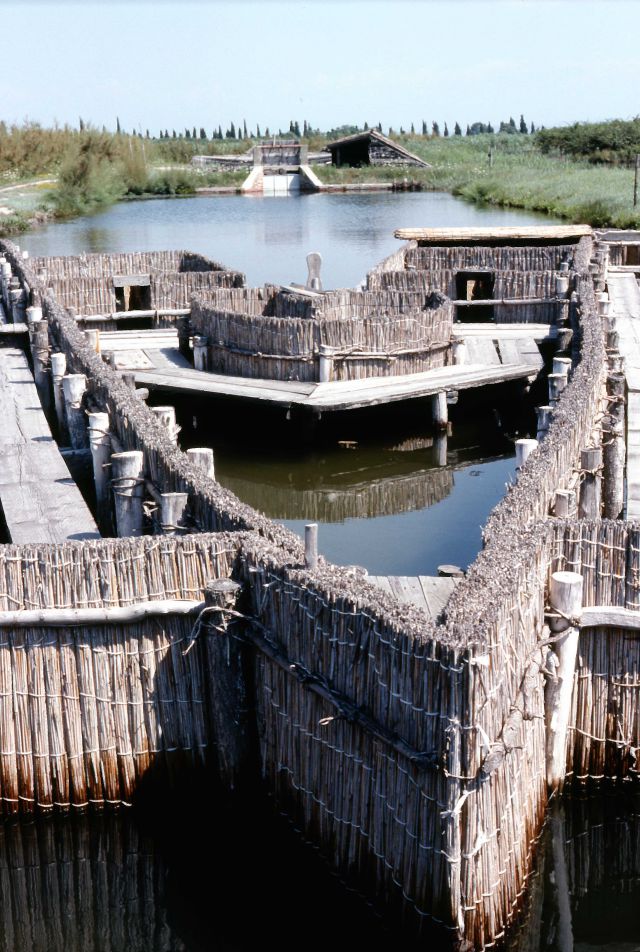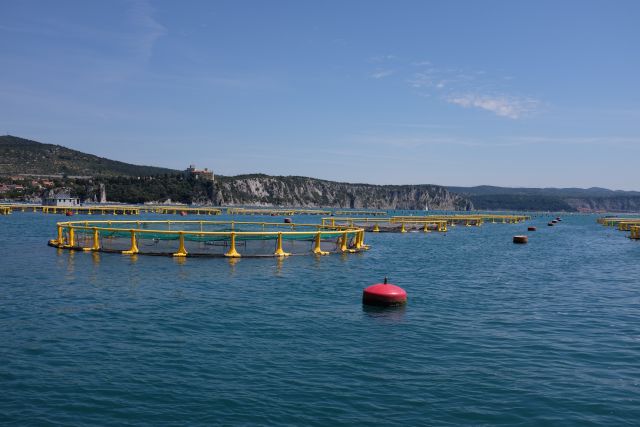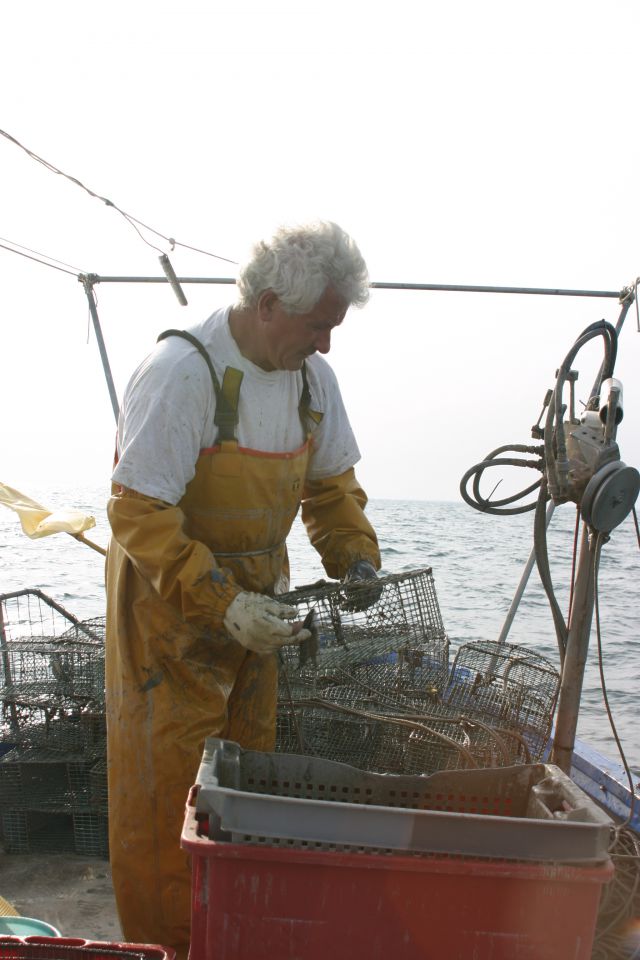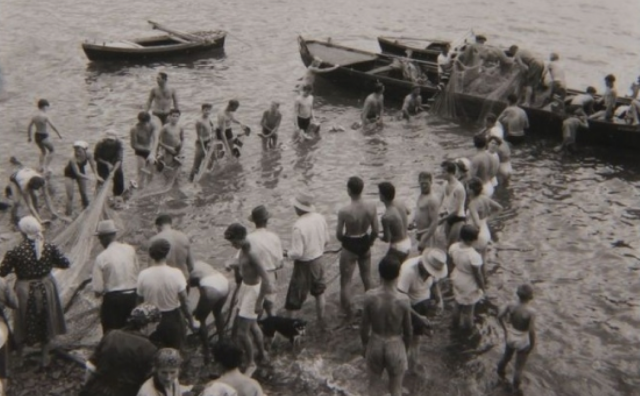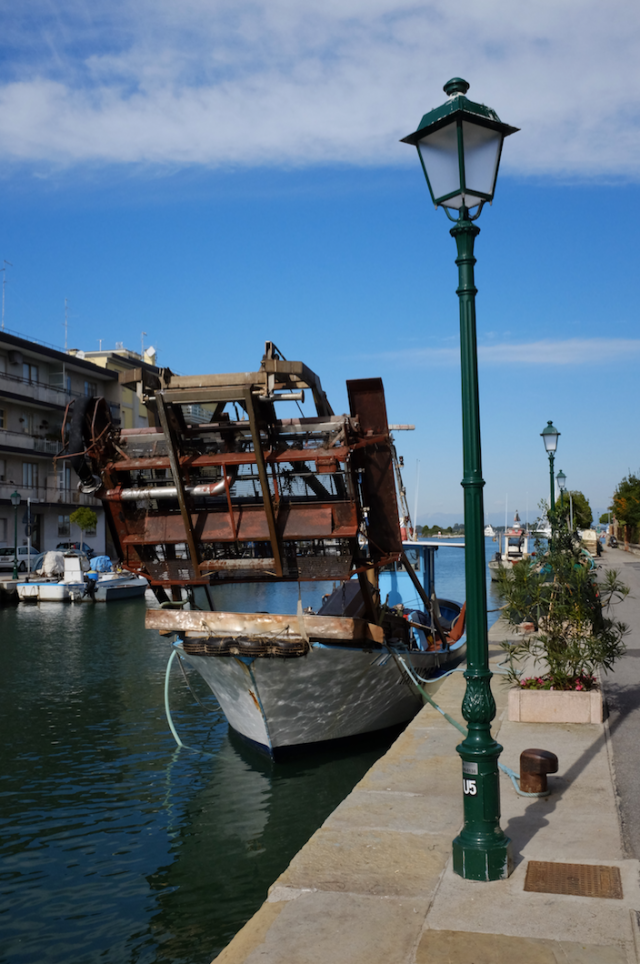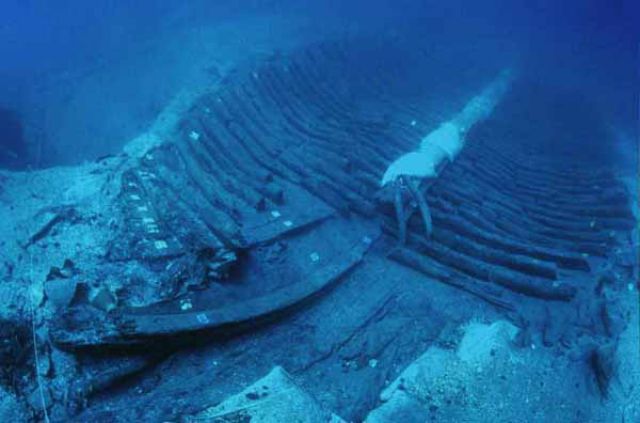Both in the lagoon and in the sea in front of Grado many archaeological finds have need made linked to port activities associated with the emporium of Aquileia and the port of...
Fishermen used to sleep in “casoni” (huts) in the lagoon during the week, returning home on Sunday mornings. The day’s catch would be weighed on...
Certain stretches of lagoon, especially in Grado lagoon (1,400 hectares) and around Marano (300 hectares), have been enclosed through the construction of artificial banks and...
The floating yellow cages that can be seen in front of Villaggio del Pescatore are used to fatten sea bass and gilt-head bream fry with specially introduced feed. The cages are...
Fish traps are an example of passive fishing equipment and can be used to catch various types of fish, crustaceans and molluscs; they consist of cages which the prey is...
Fishing for tuna along this stretch of coast used to be done in what is probably a unique manner, thanks to the morphology of the Carso, which suddenly drops to the sea. The...
Gillnets are passive nets: in other words, they capture fish as they swim along, but are themselves fixed with respect to the water or the bottom. They can be cast individually...
These machines dig a few centimetres into the seabed and rake up bottom-dwelling creatures, such as venus clams, smooth clams, razor shells, queen scallops and lagoon cockles....
The sea routes to and from Grado and Aquileia were very busy at the time. This is testified to by an important discovery recovered on 25 September 1999 off the coast of Grado...







